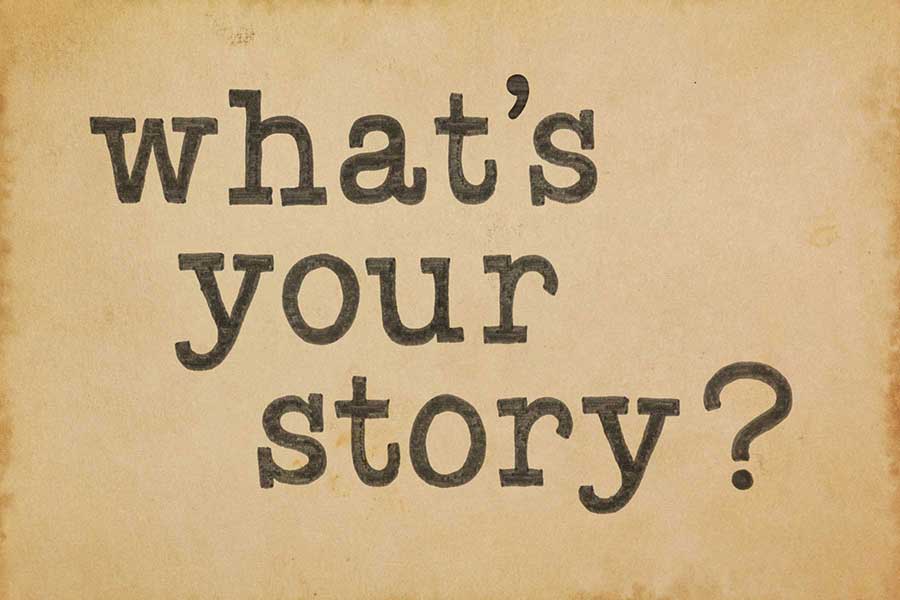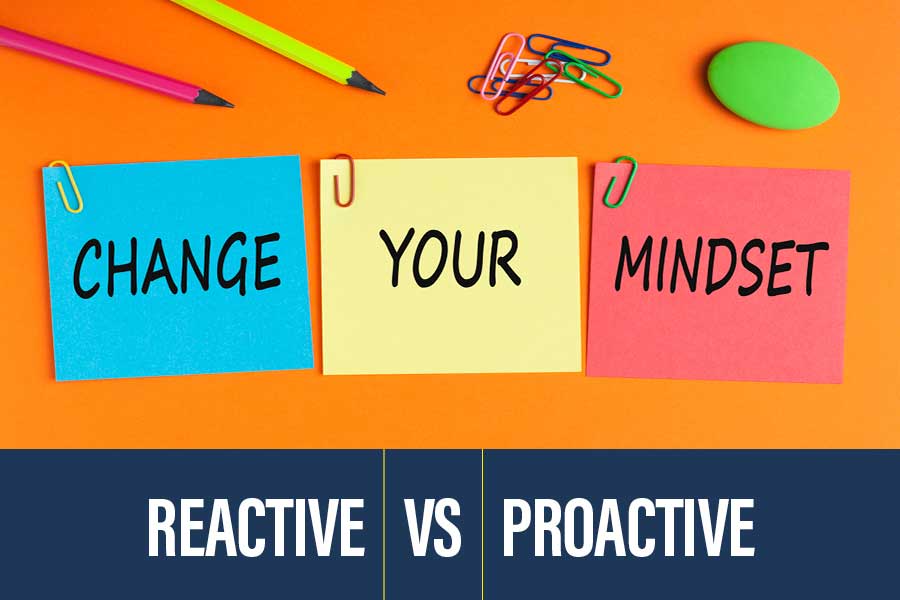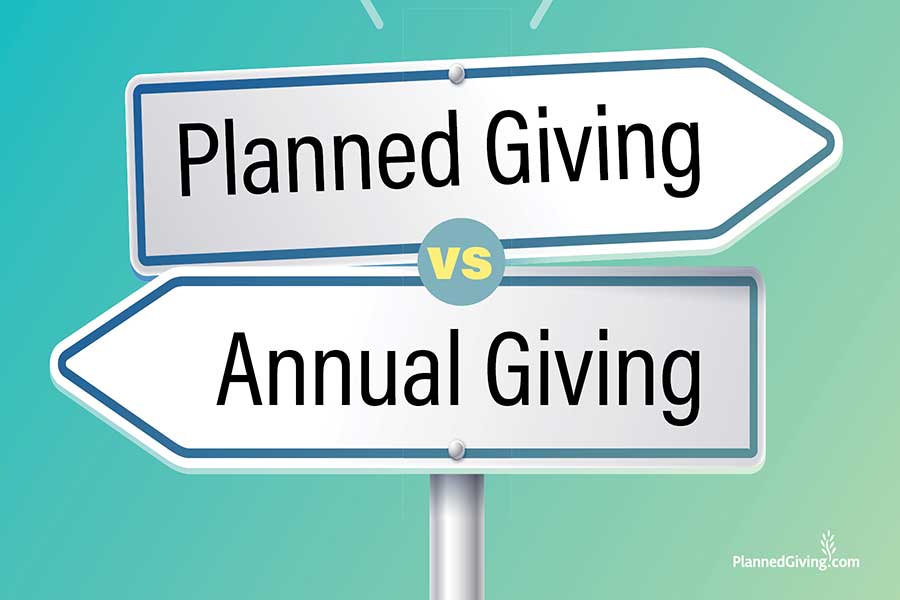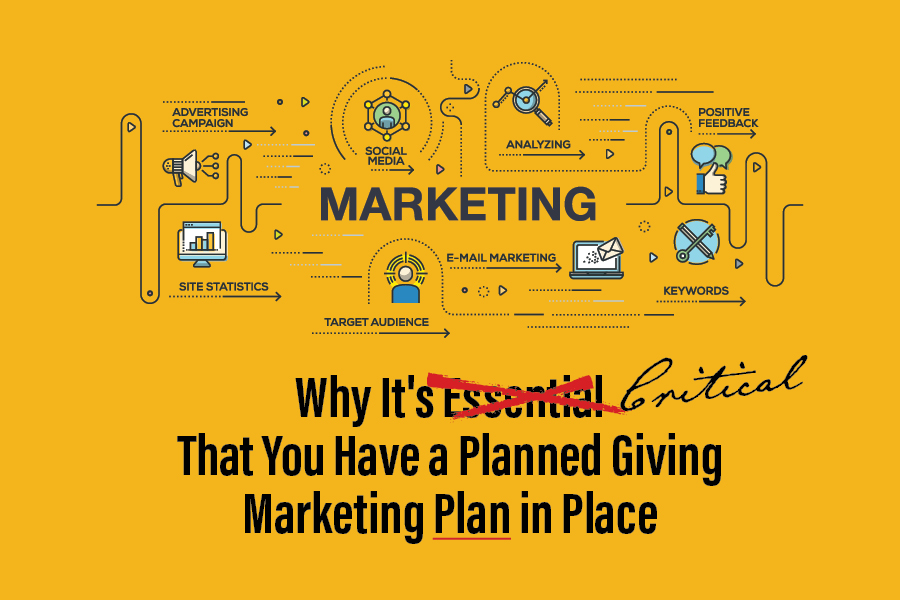Planned Giving Stories Motivate Others to Give

Are you nurturing your donors? One way to do it is by asking them to tell their story. People like to talk about themselves. It’s natural.
What We’re Up To These Days

Some people in our industry have made planned giving so moribund that they can put a cat on speed to sleep. Vendors included.
Dumb Ways To Seek Donations

Are you relying on dumb ways to seek donations? A few years ago, a darkly humorous Australian public service ad to promote railway safety went viral. Called “Dumb Ways to Die,” the campaign was set to a catchy song with lyrics including, Set fire to your hair. Poke a stick at a grizzly bear. Eat medicine that’s out of date. Use your private parts as Piranha bait. I have to admit, it was catchy enough (definitely not vanilla marketing!) to get my toes tapping — and it made me think, “there’s some pretty dumb ways to ask for donations, too.” And so, without further ado, I present, Dumb Ways to Seek Donations: 1) Approaching a prospect for an ask without research. Your chances of turning a prospect into a donor increase exponentially when you have a little background info. What causes are they passionate about? Do they have kids? Did they play a sport in school? Who are their friends? Political affiliation? Ask questions. Use Google. Check out LinkedIn. Do your research first! 2 ) Boring them with minutiae. Trust me, donors don’t care about the little details. Try explaining the inner workings of a Charitable Lead Trust and you run the risk of putting your prospect to sleep. And that’s truly one of the dumb ways to seek donations. Sell the sizzle, not the steak. Focus on the benefits — first to the donor, and then to your nonprofit. 3) Shouting “We need money” every four months. People get tired of needy people and needy organizations. It makes them think you don’t know how to manage your budget — and that is how you lose trust. Once you’ve lost trust, you’ve lost the prospect. (Hint: This is where planned gifts come in. They make you look legitimate.) 4) Relying only on a digital campaign. We’re inundated with emails and ads. No one reads all the email in their inbox. If you want to cut through the noise, be sure to employ healthy print marketing. I read that the Dumb Ways to Die characters were so popular they were featured in a marketing campaign for insurance. The tag line was, “the dumbest way to die is without life insurance.” I’d like to add my own take: How about you? What are your favorite dumb ways to give? Comment below or send me an email! Categories: Giving, Major Gifts, Planned Giving Marketing, Marketing Planned Giving
“I am too busy to think about planned giving”

Too busy? Or are you placing Planned Giving on the back burner, again? So many fundraisers make excuses, claiming they’ve placed planned giving on the back-burner because of tight budgets, smaller staffs and not enough time. Bull. There’s an underlying reason that none of us wants to acknowledge: Four years ago we asked fundraisers whether they believed planned giving is “where the money’s at.” A whopping 74% in the survey answered “yes.” But on the very next question, “Where do you spend your time?” a large number (82%) answered “raising cash gifts.” So if they know the correct answer, then why do they consistently place planned giving on the back burner? Because most fundraisers attend to the urgent, not to the important. An analogy can be made here between getting a toothache and visiting the dentist. If we never attend to the important (regularly visiting the dentist) one day we’ll have to attend to the urgent (a toothache that requires a root canal to repair). The same goes for retirement planning. If you’ve never proactively built your retirement savings (endowment), you’ll have to reactively work after you’re 70 just to make ends meet (like chasing and raising annual gifts). Hopefully not at Walmart. If fundraisers never attend to the important task of building a pipeline of planned gifts to provide a stream of long-term support, they will, year after year, waste time on the urgent task of picking up every $100 gift they can find simply to meet their quotas and keep their nonprofit afloat. And, year after year, they’re missing the fact that those consistent $100 givers make the perfect planned giving prospects. Considering the average bequest is over $68,000… I will stop right here and just say… it’s a no-brainer. Get proactive. Attend to the important, not the urgent. It’s all about your future. PS: Here are 21 tips on launching a planned giving program inexpensively. And here are 10 tips and strategies on marketing your program. PPS: Use this interactive assessment tool to see how ready you are for planned giving. And use this one to determine just where your board is at. Categories: Giving, Planned Giving Marketing, Relationships
Who Made the First Planned Gift?

Most “experts” place the practice as having been birthed in the 1970s — or maybe as far back as the ’40s. So it’s safe to say the first planned gift must have been made sometime in those decades. Right?
Annual Giving vs. Planned Giving

Annual giving tends to focus on immediate needs. Planned giving is more focused on long-term growth. Although we need both, focusing on long-term growth creates stability.
Just Say Yes (to all kinds of planned gifts)

Personal preferences can’t interfere with gift acceptance. A while back I wrote an article called “A Gold Strike” about how non-profits should include “the ask” for gifts of mineral rights on their websites. Shortly afterwards, I received an email from an advancement officer who thought that no “self-respecting non-profit organization should consider a gift of mineral rights, particularly ones involving hydrocarbons.” Her objections stemmed from personal opposition to hydraulic fracturing. But since she represented an academic institution, I welcomed an exchange of information, since that is the goal of education. Over the next couple of days, the advancement officer and I exchanged several emails. I asked if she would accept Chevron stock. Her answer: “Of course. We accept appreciated stock.” I reminded her that it is a “back-door” yes to mineral rights. In subsequent conversations, we agreed to read articles from each other’s point of view. Although we never came back to discussing the articles, it begs the question: Should personal opinion stand in the way of a major gift to an institution? What would happen if a donor gifted a piece of art and the advancement officer didn’t like the piece? Or what about a major gift from a business made successful by overseas factories when the gift officer is strongly opposed to outsourcing? A revenue stream from mineral royalties can be a significant contribution to a non-profit’s endowment or operating budget. Royalties can also come from songwriters, playwrights, motion pictures, software, trademarks, patents, and franchises. An advancement officer may have a personal objection or may dislike the particular intellectual property the donor has to offer. However, mineral interests may be the one gift that your donor can give. Non-Profits Need to Have a Gift Acceptance Policy. When your donors are organizing their estate plans, they often have more than one charitable organization they care about, and if you won’t take their mineral rights (or their artwork, or real estate, or appreciated securities, or personal property), someone else will. Advancement officers’ personal beliefs should not get in the way of accepting a gift. But that doesn’t mean those beliefs should be disregarded entirely. There is often more than one way to accept a gift. For example, a recent client requested an evaluation of a gift of mineral interests. The organization accepted the gift and shortly afterwards sold the rights to another group. This solution was a win-win. The donor was able to gift the mineral interests, and the non-profit was able to monetize the gift. Donors and gift officers, like all people, have a variety of economic, religious, political, and ethnic backgrounds. Our motives and philosophies are rarely cut and dry. If a donor wants to support the mission of the organization, and if the gift is meets the gift acceptance policy, the gift officer has an obligation to the organization to accept the gift. Betsy Suppes is a qualified appraiser and petroleum geologist. bsuppes@forgedalegeo.com Categories: Gifts of Real Estate, Planned Giving Marketing
Viken and Einstein Go Head to Head

It’s true. Planned gifts really can get complicated. That’s why we have professionals like Meredith Sossman, JD; Camilyn Leone, Esq.; and Scott Janney on our team. And it’s a very good team. But when it comes to effective planned giving marketing, all you really need is street smarts and commitment. Even Camilyn and Meredith above, both lawyers, publicly admit it. However, admitting it is one thing. Putting it into practice at your nonprofit organization is another. Camilyn and Meredith get it, but most fundraisers out there don’t — and they don’t put nearly enough commitment into marketing their planned giving programs. Instead, they focus on learning all the technical details of planned gifts. Seriously — look at all of the fundraisers taking seminars on CRUTs, CRATs and CRAPs. They even take seminars on calculators. As my old saying goes, “If you need to take a course on understanding a planned giving calculator, where does that leave your prospect?” Bored, confused, and looking for some other organization that knows how to inspire them to give. To borrow from Einstein, Effort = #PlannedGifts, doubled. Putting effort into marketing your planned gifts can result in an exponential increase in the amount of funding your organization will receive. And a good place to begin is with a plan. It doesn’t take a genius to see the logic in that. Effective planned giving marketing is not rocket science. An easy way to get started is simply by using your already-existing resources — website, any print materials, e-blasts — to mention your planned giving program (be sure to include the relevant contact information). You can also include a link under your email signature, and even mention it in your voicemail message. When you’re ready to take it to the next level, consider billboards, magazine ads, even radio and TV ads (check with your local stations for rates). Send out postcards and other direct mail pieces. I have touched on this topic several times and I am not going to let up until our community gets it. Planned giving marketing is the key to success — and it’s too easy and important to ignore. Categories: Planned Giving Marketing, Marketing Planned Giving
Yes. It’s Critical To Have One in Place.

You have a planned giving program — that’s great! And you get those occasional gifts, and that’s great too. But you’re wondering if your donors know that you exist.
It Is Hard to Be Simple

You can’t believe how hard it is for people to be simple, how much they fear being simple. They worry that if they’re simple, people will think they’re simpleminded. In reality, of course, it’s just the reverse. (~ Jack Welch, CEO General Electric.)